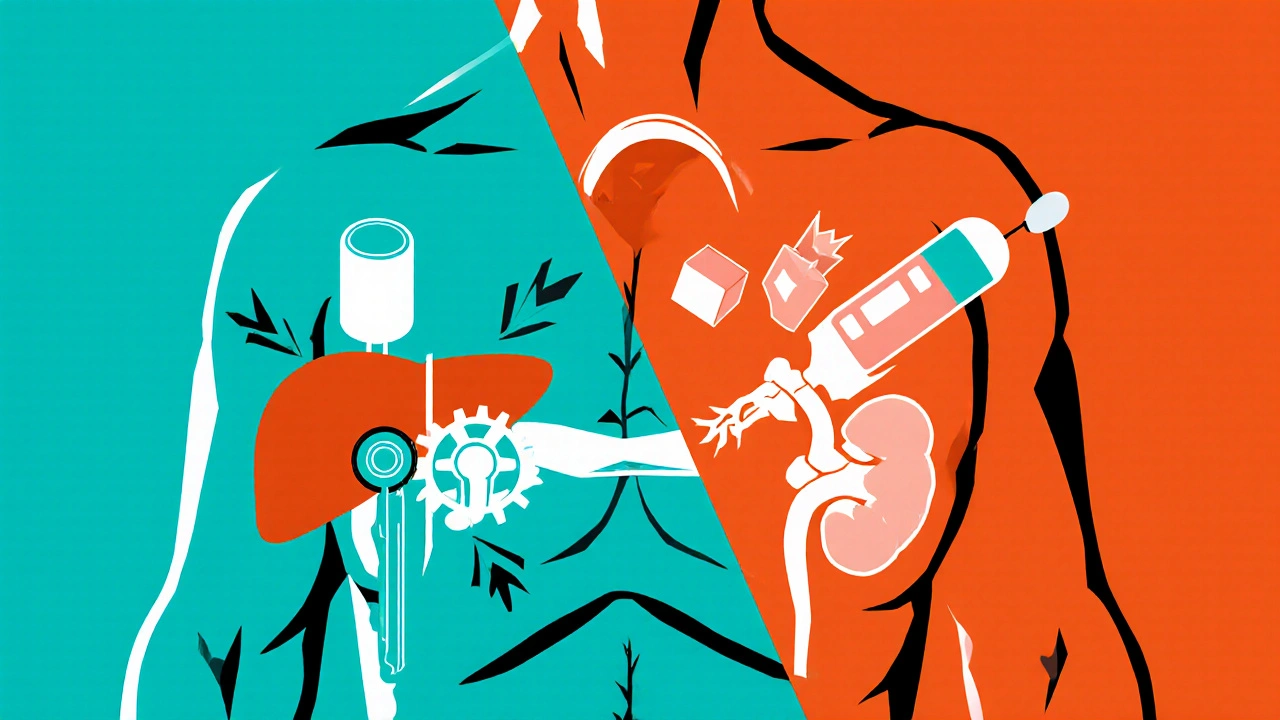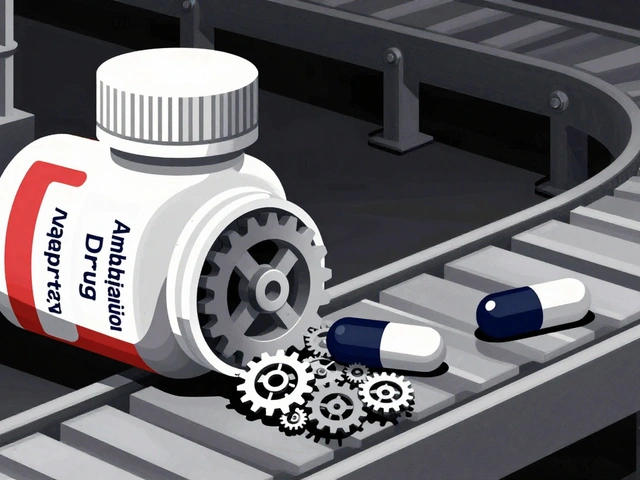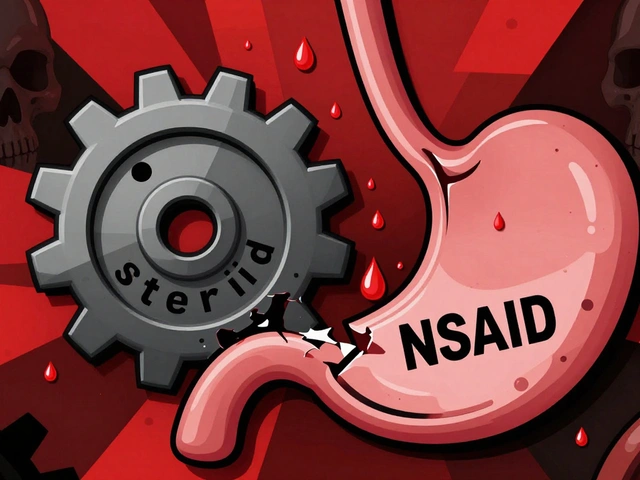Contrast Dye: What It Is, How It Works, and What You Need to Know
When you get an contrast dye, a special substance used in medical imaging to make internal structures stand out on X-rays, CT scans, or MRIs. Also known as radiopaque agent, it helps doctors spot tumors, blockages, or inflammation that would otherwise be invisible. It’s not food, not medicine you take daily — it’s a tool, injected or swallowed just long enough to give your scan clarity.
There are two main types: iodine-based contrast, used in CT scans and X-rays to block radiation and highlight blood vessels or organs, and MRI contrast, usually gadolinium-based, that alters magnetic fields to improve tissue detail. They don’t work the same way, and they’re not interchangeable. One might be used for a kidney scan, the other for a brain tumor check. Your doctor picks based on what they’re looking for — and what’s safe for you.
Not everyone reacts the same. Some people feel a warm flush or metallic taste — that’s normal. Others get nausea, itching, or worse. Rarely, serious reactions happen, especially if you have kidney problems, allergies, or asthma. That’s why clinics ask about your history before giving it. If you’ve had a bad reaction before, tell them. There are alternatives: some scans can be done without dye, or with lower-risk versions. It’s not about avoiding the scan — it’s about making it safer for you.
Contrast dye doesn’t stay in your body long. Most of it leaves through your kidneys within hours. But if your kidneys aren’t working well, that’s when things get risky. That’s why doctors check your kidney function before giving it — especially if you’re older or have diabetes. Hydration helps. Drinking water before and after can make a real difference in how your body handles it.
What you’ll find in the posts below isn’t just a list of drug names or scan types. It’s real talk about what happens after the injection — from side effects you didn’t expect to how certain medications can change how your body reacts. You’ll see how drugs like citalopram or carbamazepine can interact with imaging procedures. You’ll learn what patients actually experience, not just what the brochure says. Whether you’re preparing for a scan, had a reaction before, or just want to know why your doctor ordered it — this collection gives you the facts without the fluff.

Metformin and Contrast Dye Interaction: Risks of Lactic Acidosis & Renal Impact
A practical guide to metformin and contrast dye interaction, covering lactic acidosis risk, renal function assessment, updated FDA guidelines, and step‑by‑step management for clinicians.
read more




